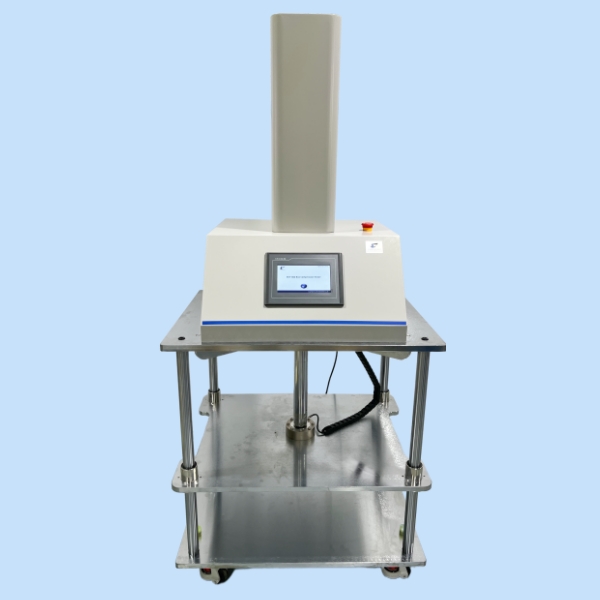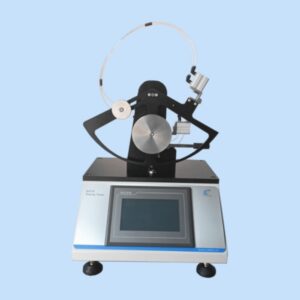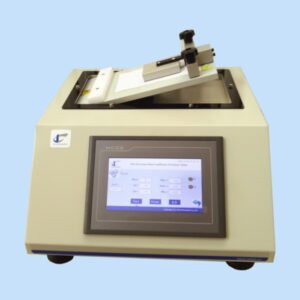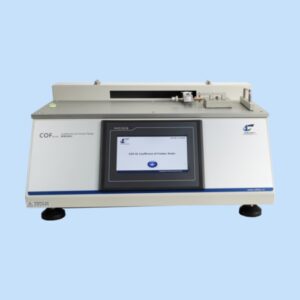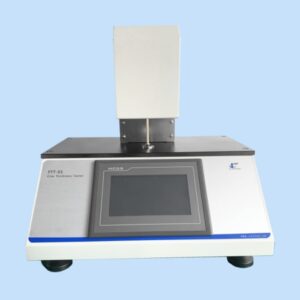Q1: What is the box compression test used for?
A1: The box compression test measures the compressive strength of packaging materials to ensure they withstand stacking and transit pressures.
Q2: Can the box compression tester handle different container types?
A2: Yes, our box compression tester can test cardboard, plastic, wooden, and composite containers, whether filled or empty.
Q3: Which industries benefit most from box compression testing?
A3: Packaging, food, medical, pharmaceutical, adhesives, textiles, and logistics industries use box compression testing to verify packaging reliability.
Q4: How accurate is the box compression tester?
A4: Cell Instruments’ tester uses a high-precision load-cell sensor with an error margin of ±1%, ensuring reliable results.
Q5: Are the tests compliant with global standards?
A5: Yes, Cell Instruments’ box compression tester meets ISO, ASTM, TAPPI, JIS, and GB/T standards for international compliance and credibility.

